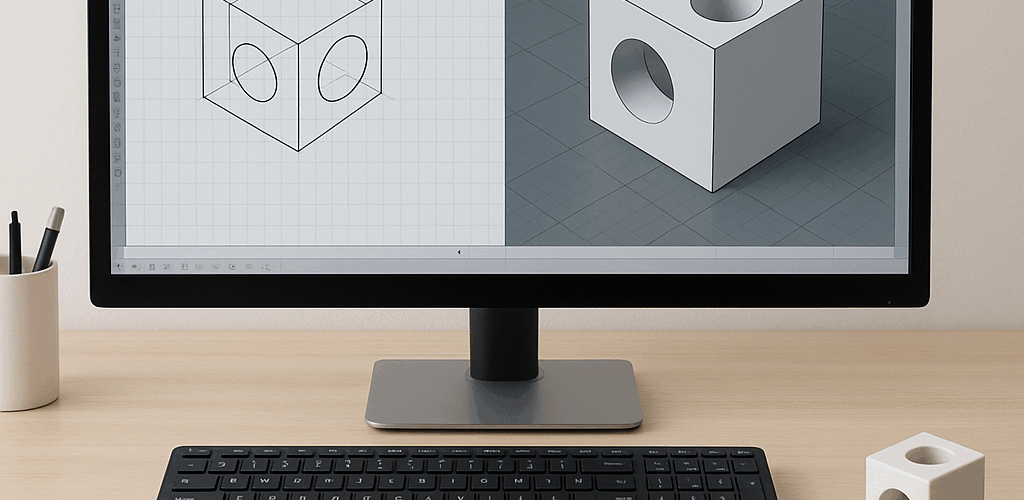Blog
How to Be a Good 3D Design CAD Artist
- September 14, 2025
- Posted by: admin6040
- Category: Uncategorized

3D design and computer-aided design (CAD) are at the core of modern engineering, product development, and creative industries. Being a good CAD artist goes beyond technical skill—it’s about combining creativity, precision, and problem-solving to bring concepts into reality.
1. Master the Fundamentals of CAD Software
A strong foundation in industry-standard tools is essential. Programs such as SolidWorks, AutoCAD, Fusion 360, Rhino, or CATIA each serve different industries, from architecture to aerospace.
- Learn shortcuts and workflows: Efficiency is key in professional environments.
- Understand parametric vs. freeform modeling: Different projects require different approaches.
- Stay updated: CAD tools evolve quickly, so keep up with new versions and features.
2. Develop Strong Visualization Skills
A good CAD artist sees beyond the screen.
- Think in 3D: Train your brain to visualize objects in space from multiple perspectives.
- Sketch regularly: Hand-drawing sharpens spatial awareness and communicates ideas faster.
- Study real-world objects: Reverse-engineer products around you to understand how form and function interact.
3. Prioritize Accuracy and Precision
Unlike pure artistry, CAD design often leads directly to manufacturing.
- Tolerance awareness: Understand dimensional accuracy, especially for parts that will be machined or 3D-printed.
- Standards compliance: Learn industry standards (ISO, ANSI, ASME, etc.).
- Error-checking: Always review models for alignment, intersections, and manufacturability.
4. Embrace Design Thinking
Good CAD work solves problems, not just creates shapes.
- Identify the need: Who will use the product? What problem does it solve?
- Iterate: Don’t settle on your first model. Test, refine, and improve.
- Balance form and function: A great design is beautiful, practical, and feasible.
5. Learn Manufacturing Processes
A CAD design is only as good as its ability to be built.
- 3D printing basics: Learn about slicers, materials, and design-for-additive-manufacturing rules.
- CNC machining: Understand cutting paths, tool access, and material limitations.
- Injection molding and sheet metal: Each process has unique requirements that affect your design.
6. Communicate Through Documentation
CAD is a universal design language, but it requires clarity.
- Technical drawings: Dimensioning and annotations must be unambiguous.
- Exploded views and assemblies: Show how components fit and interact.
- Rendering and visualization: Present designs in ways clients and non-engineers can understand.
7. Build a Growth Mindset
Great CAD artists never stop learning.
- Portfolio development: Document projects to showcase skills.
- Feedback: Accept critique from peers, engineers, and clients.
- Cross-disciplinary learning: Explore architecture, industrial design, or even gaming to expand creativity.
8. Foster Professional Habits
Soft skills are as valuable as technical mastery.
- Time management: Projects often run on tight deadlines.
- Collaboration: Be ready to work with engineers, designers, and manufacturers.
- Attention to detail: Small mistakes can become expensive problems downstream.
Conclusion
To be a good 3D CAD artist, combine technical mastery, creative vision, and practical engineering knowledge. It’s a career that rewards curiosity, persistence, and precision. With the right mindset and continuous practice, you won’t just make designs—you’ll shape the future of products, buildings, and technologies.